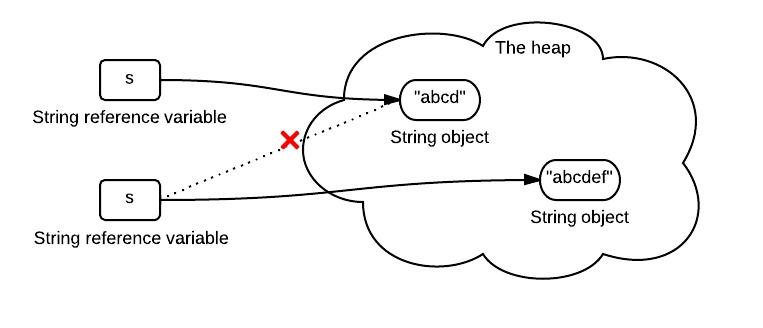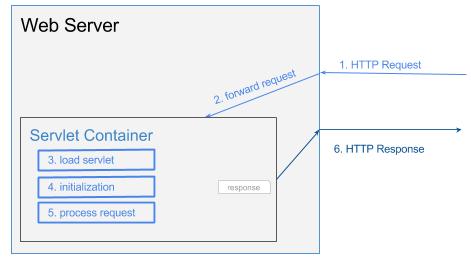A diagram is sometimes worth 1000 words. The following diagrams are from Java tutorials on Program Creek, they have received the most votes so far. Hopefully, they can help you review what you already know. If the problem is not clear by the diagram itself, you may want to go to each article to take a further took.
Top 10 questions about Java Collections
The following are the most popular questions of Java collections asked and discussed on Stackoverflow. Before you look at those questions, it’s a good idea to see the class hierarchy diagram. 1. When to use LinkedList over ArrayList? ArrayList is essentially an array. Its elements can be accessed directly by index. But if the array … Read more


